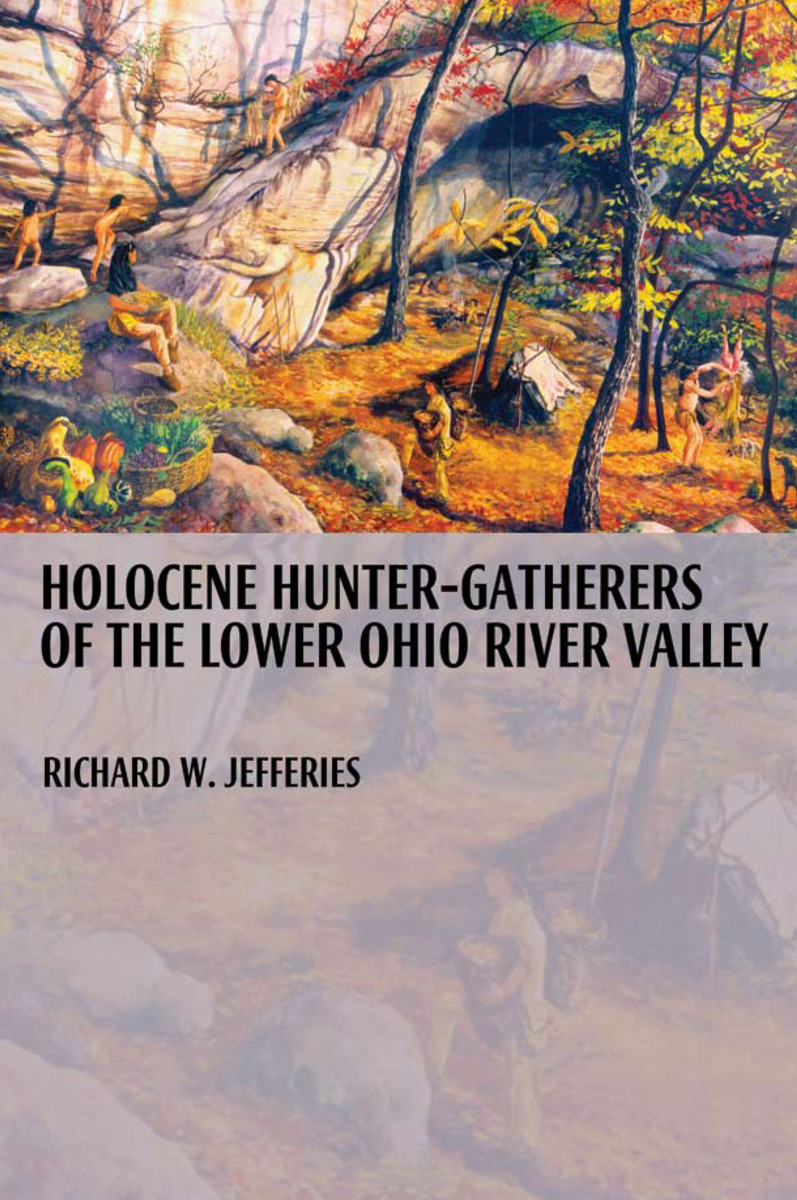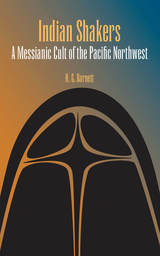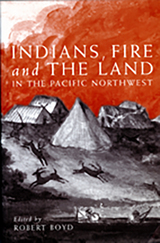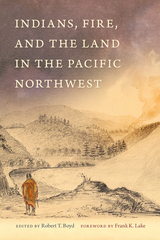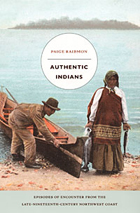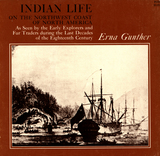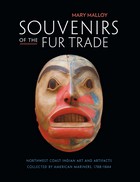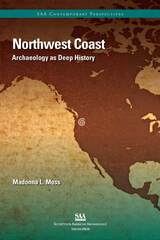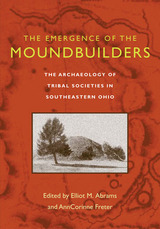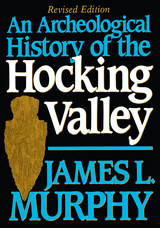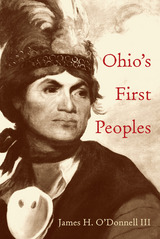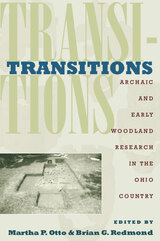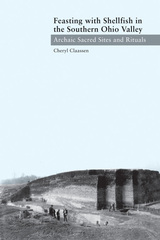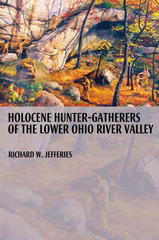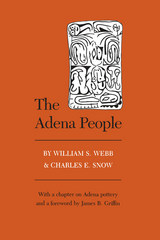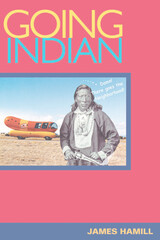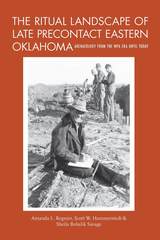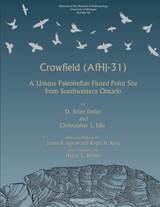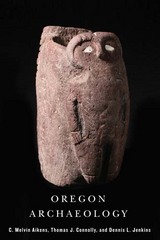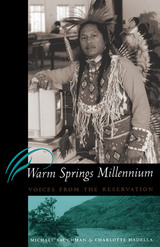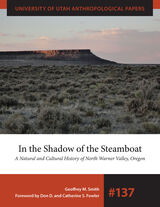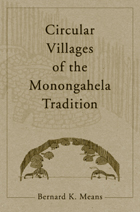Holocene Hunter-Gatherers of the Lower Ohio River Valley
University of Alabama Press, 2009
Cloth: 978-0-8173-1658-7 | eISBN: 978-0-8173-8241-4 | Paper: 978-0-8173-5541-8
Library of Congress Classification E78.O4J44 2009
Dewey Decimal Classification 977.101
Cloth: 978-0-8173-1658-7 | eISBN: 978-0-8173-8241-4 | Paper: 978-0-8173-5541-8
Library of Congress Classification E78.O4J44 2009
Dewey Decimal Classification 977.101
ABOUT THIS BOOK | AUTHOR BIOGRAPHY | REVIEWS | TOC
ABOUT THIS BOOK
Richard Jefferies—an Archaic specialist—comprehensively addresses the approximately 7,000 years of the prehistory of eastern North America, termed the Archaic Period by archaeologists. Jefferies centers his research on a 380-mile section of the Lower Ohio River Valley, an area rife with both temporary and long-term Archaic sites. He covers the duration of the Holocene and provides a compendium of knowledge of the era, including innovative research strategies and results. Presenting these data from a cultural-ecological perspective emphasizing the relationships between hunter-gatherers and the environments in which they lived, Jefferies integrates current research strategies with emerging theories that are beginning to look at culture history in creative ways
By the Early Holocene (10,000 to 8,000 B.P.), small wandering bands of Archaic hunter-gatherers began to annually follow the same hunting trails, basing their temporary camps on seasonal conditions and the presence of food. The Pleistocene glaciers had receded by this time, making food more plentiful in some areas and living conditions less hazardous. Although these Archaic peoples have long been known from their primary activities as hunters and gatherers of wild food resources, recent evidence has been found that indicates they also began rudimentary cultivation sometime during the Middle Holocene.
Richard Jefferies—an Archaic specialist—comprehensively addresses the approximately 7,000 years of the prehistory of eastern North America, termed the Archaic Period by archaeologists. Jefferies centers his research on a 380-mile section of the Lower Ohio River Valley, an area rife with both temporary and long-term Archaic sites. He covers the duration of the Holocene and provides a compendium of knowledge of the era, including innovative research strategies and results. Presenting these data from a cultural-ecological perspective emphasizing the relationships between hunter-gatherers and the environments in which they lived, Jefferies integrates current research strategies with emerging theories that are beginning to look at culture history in creative ways
See other books on: Hunting and gathering societies | Land settlement | Landscapes | Paleo-Indians | Social archaeology
See other titles from University of Alabama Press
